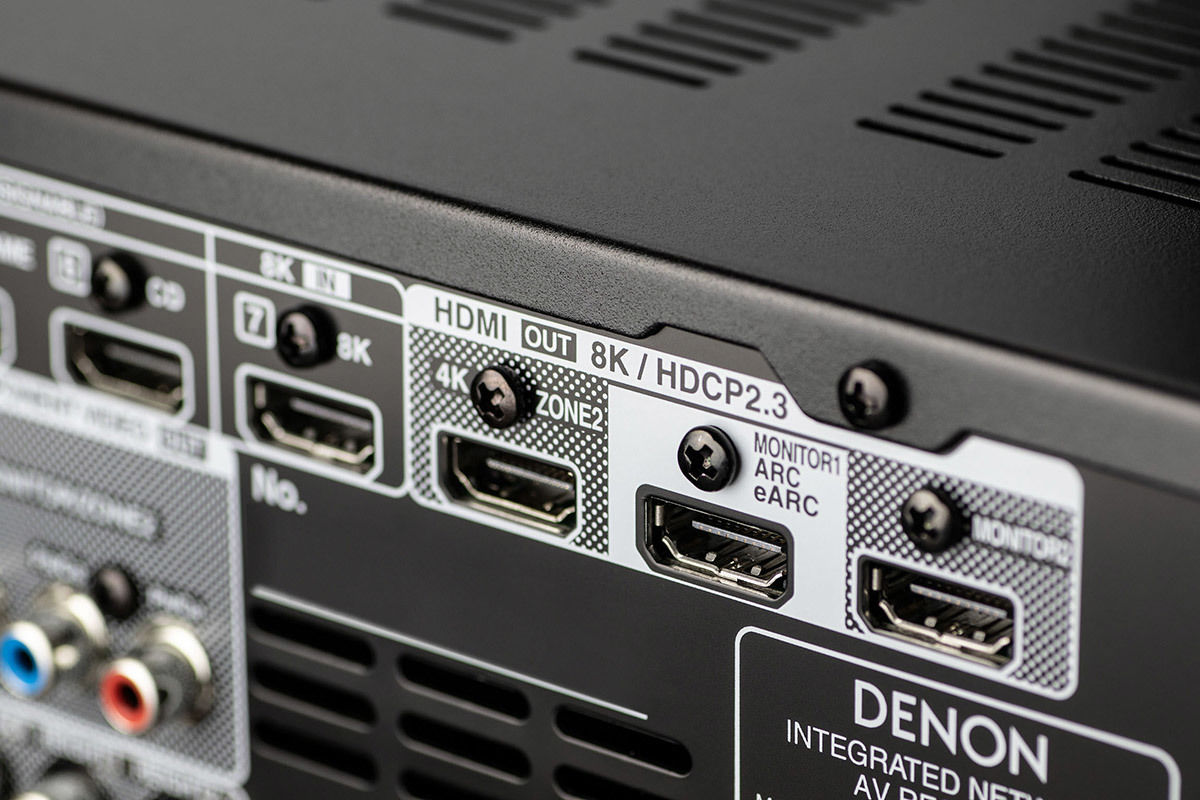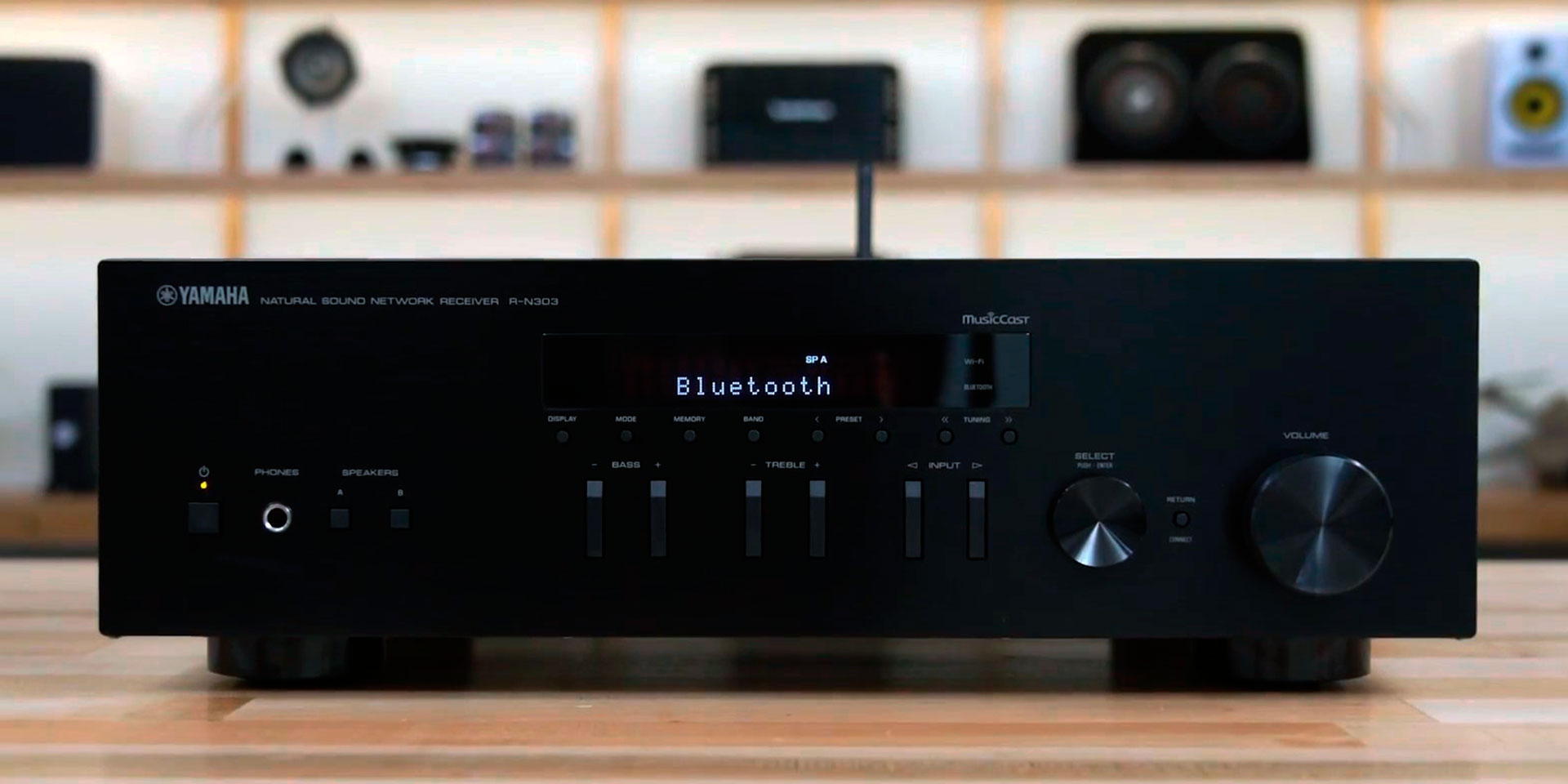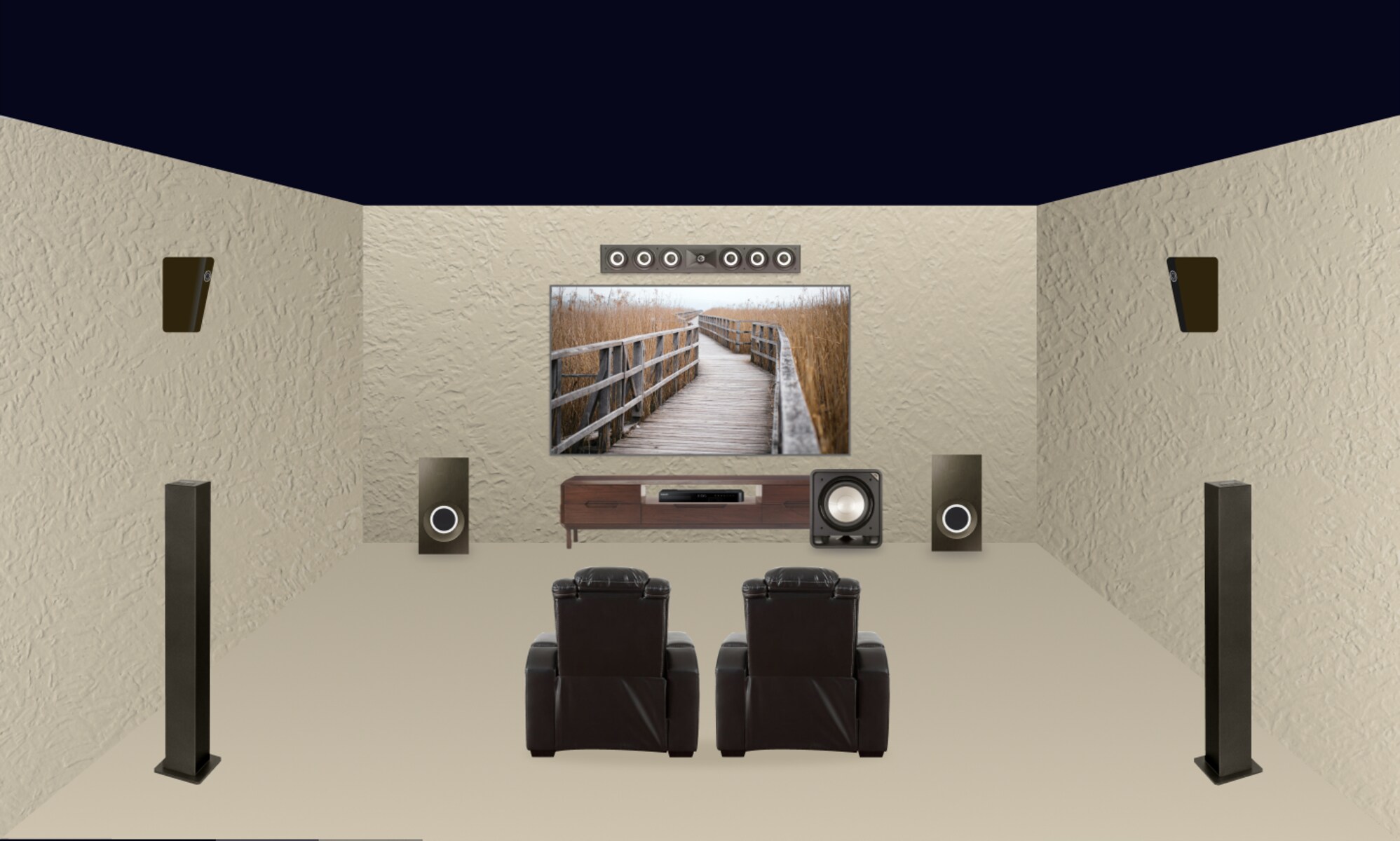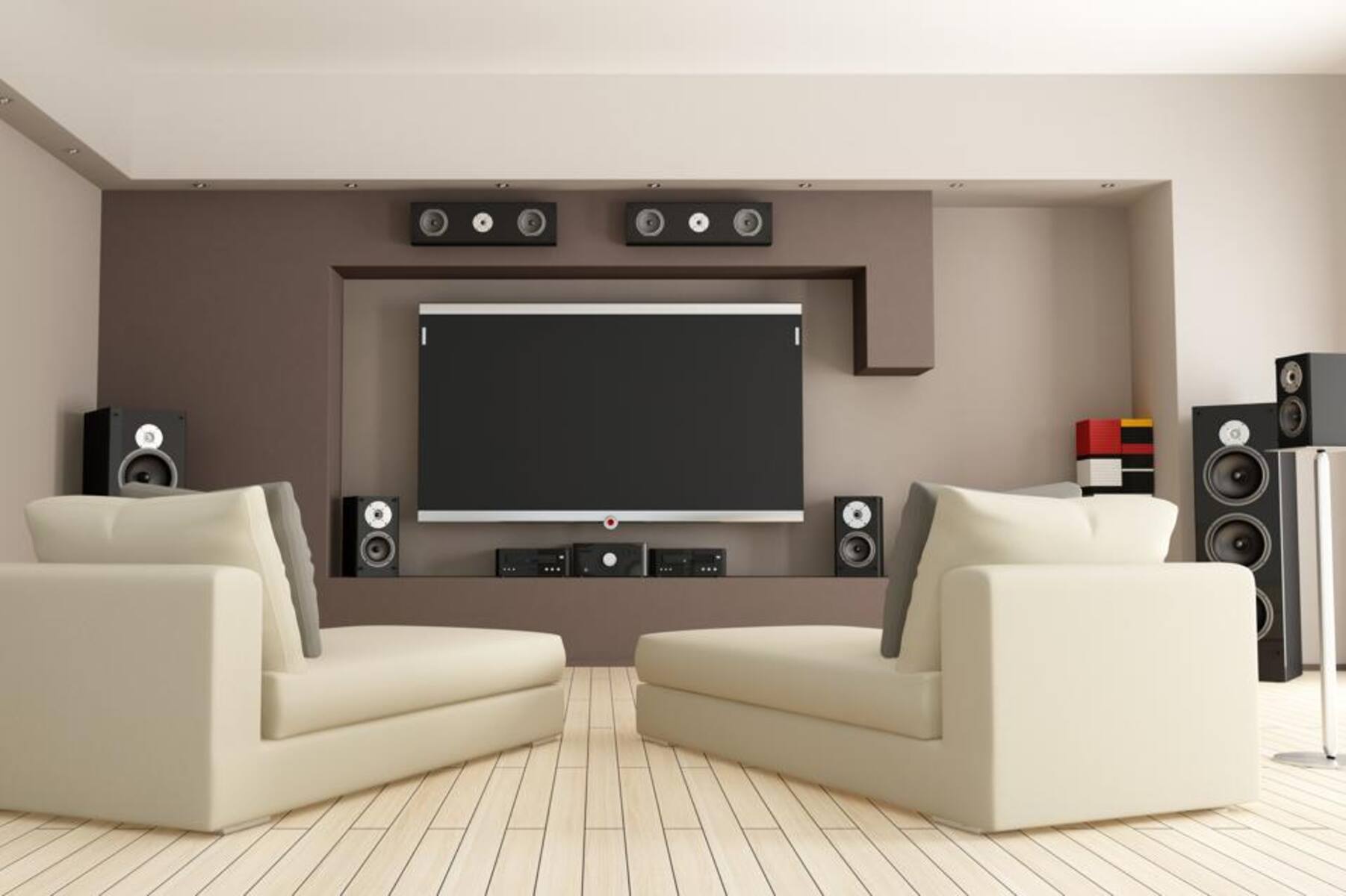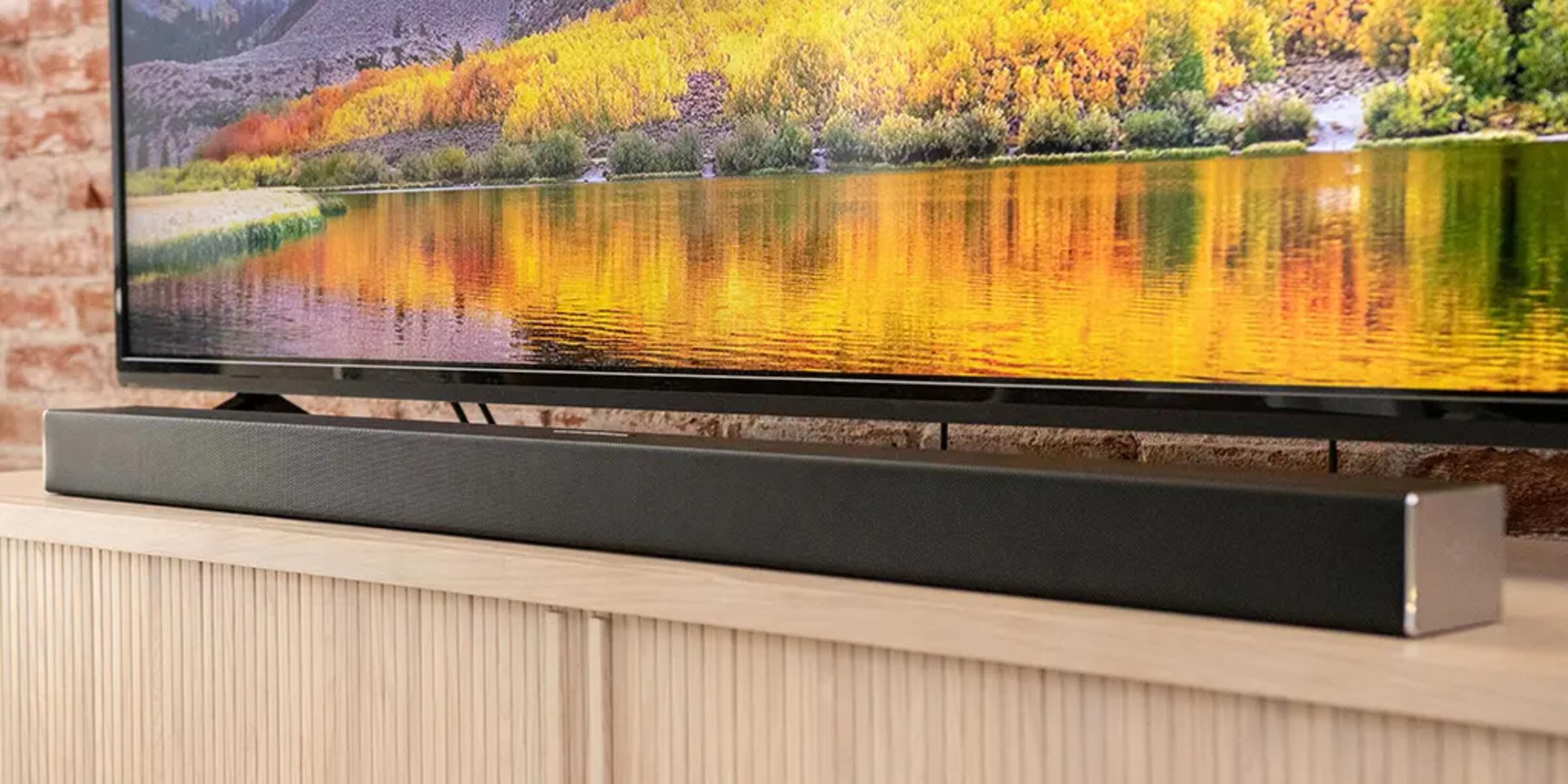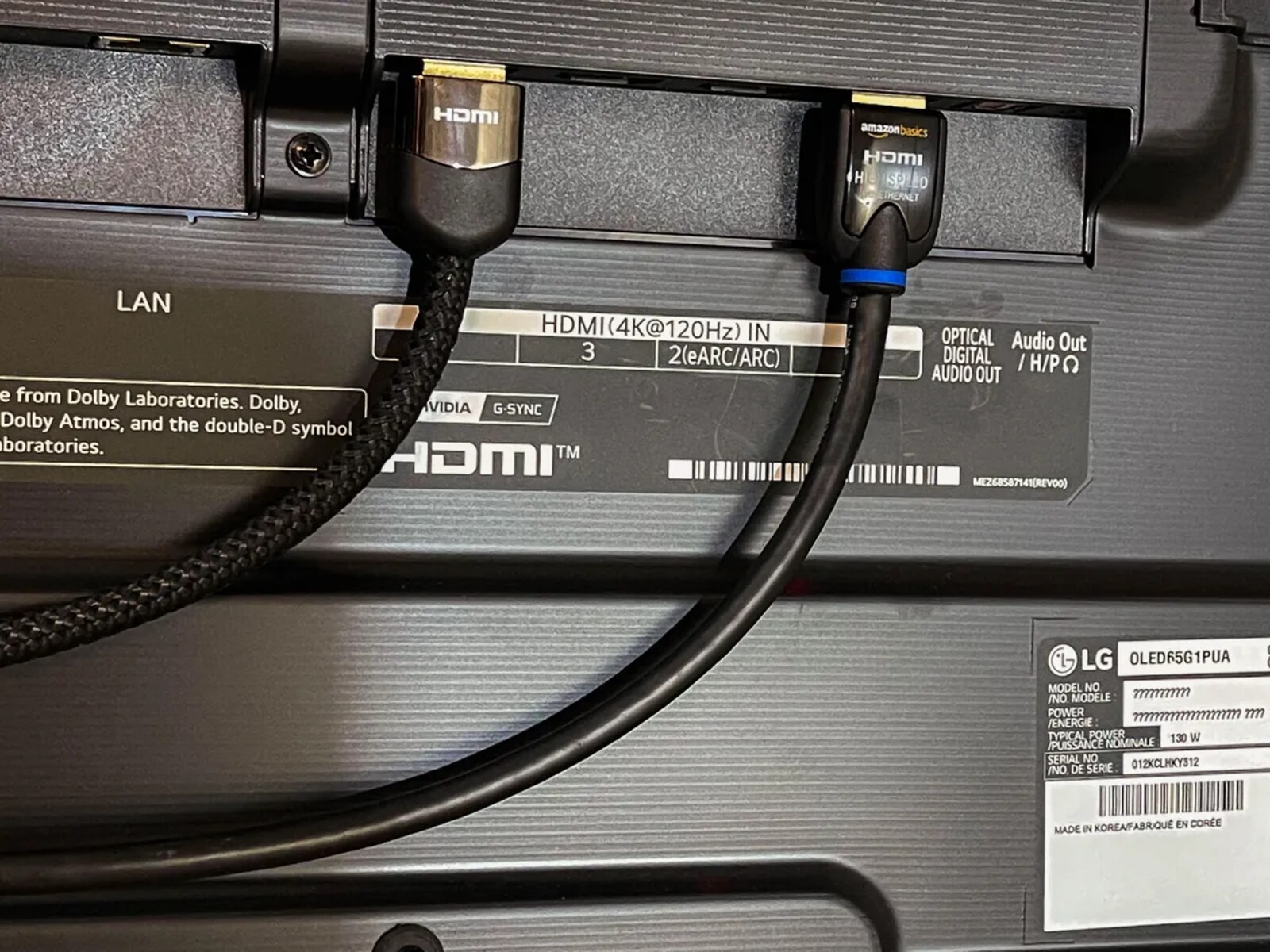Introduction
Setting up an audio-visual (AV) receiver can be a daunting task, especially for those new to home entertainment systems. However, with the advent of Audio Return Channel (ARC) technology, the process has become more streamlined and efficient. ARC allows for a seamless connection between your TV and AV receiver, eliminating the need for multiple cables and simplifying the overall setup.
In this comprehensive guide, we will delve into the intricacies of wiring an AV receiver using ARC, providing step-by-step instructions and troubleshooting tips to ensure a smooth and hassle-free experience. Whether you are a home theater enthusiast or a novice looking to enhance your audio-visual setup, understanding and harnessing the power of ARC can significantly elevate your entertainment system.
By the end of this guide, you will have the knowledge and confidence to leverage ARC technology to its fullest potential, unlocking a world of immersive audio and visual experiences right in the comfort of your own home. Let's embark on this journey to demystify the process of wiring an AV receiver using ARC and unleash the full potential of your home entertainment setup.
What is ARC?
Audio Return Channel (ARC) is a feature that enables a compatible television to send audio signals to an AV receiver over an HDMI cable. This functionality simplifies the setup process by eliminating the need for a separate optical or coaxial cable to transmit audio from the TV to the receiver. With ARC, a single HDMI connection between the TV and the receiver serves both video and audio transmission, streamlining the cable management and reducing clutter in your entertainment area.
ARC operates bidirectionally, allowing audio produced by the TV’s internal tuner, smart apps, or connected devices to be transmitted to the AV receiver. This means that when you are watching a movie, streaming content, or playing a game on your TV, the audio is seamlessly channeled to the AV receiver for enhanced sound quality and amplification. Furthermore, ARC supports various audio formats, including standard stereo, Dolby Digital, DTS, and even high-definition audio formats like Dolby TrueHD and DTS-HD Master Audio, ensuring a rich and immersive audio experience.
It is important to note that both the TV and the AV receiver must support ARC for this feature to function properly. Additionally, the HDMI cable used for the connection must be ARC-compatible. Understanding the capabilities and requirements of ARC is essential for harnessing its benefits and optimizing your home entertainment system.
Benefits of Using ARC
Utilizing Audio Return Channel (ARC) offers a multitude of advantages that enhance the overall audio-visual experience and simplify the setup of home entertainment systems. Here are some key benefits of incorporating ARC into your AV receiver setup:
- Simplified Connectivity: ARC eliminates the need for multiple audio cables, streamlining the connection between the TV and the AV receiver. This simplification reduces cable clutter and makes the setup process more efficient and aesthetically pleasing.
- Enhanced Audio Quality: By transmitting audio from the TV to the AV receiver over HDMI, ARC ensures that the audio signal maintains its quality, resulting in improved sound reproduction and amplification. This is particularly beneficial when enjoying high-definition audio formats and immersive surround sound.
- Seamless Integration: ARC seamlessly integrates the audio output from the TV with the AV receiver, allowing for a cohesive and synchronized audio-visual experience. Whether you are watching TV, streaming content, or playing games, ARC ensures that the audio is seamlessly routed to the receiver for optimal sound performance.
- Single Remote Control: With ARC, the AV receiver can be controlled using the TV’s remote, simplifying the user experience and reducing the need for multiple remote controls. This unified control mechanism enhances convenience and ease of use.
- Compatibility with Various Audio Formats: ARC supports a wide range of audio formats, including standard stereo, Dolby Digital, DTS, and high-definition audio formats such as Dolby TrueHD and DTS-HD Master Audio. This versatility ensures that ARC can accommodate diverse audio preferences and source materials.
These benefits collectively contribute to a more streamlined, immersive, and user-friendly home entertainment setup, making ARC a valuable feature for audio enthusiasts and casual users alike.
Steps to Wire an AV Receiver Using ARC
Wiring an AV receiver using Audio Return Channel (ARC) involves a series of straightforward steps that can significantly enhance your home entertainment setup. Follow these guidelines to seamlessly integrate your TV and AV receiver using ARC:
- Check Compatibility: Ensure that both your TV and AV receiver support ARC. Consult the user manuals or specifications for both devices to verify their compatibility with ARC technology.
- Enable ARC on the TV: Access the TV’s settings menu and navigate to the audio or sound options. Locate the ARC feature and enable it. This step may vary depending on the TV brand and model, so refer to the user manual for specific instructions.
- Connect the HDMI Cable: Use a high-speed HDMI cable to connect the ARC-compatible HDMI port on your TV to the ARC-compatible HDMI port on the AV receiver. Ensure that both devices are powered off before making the connection.
- Configure the AV Receiver: Power on the AV receiver and access its settings menu. Navigate to the HDMI or audio settings and enable the ARC function. This step may involve selecting the ARC input or designating the specific HDMI port used for ARC connectivity.
- Test the Connection: Power on the TV and the AV receiver. Play audio content on the TV, such as a built-in app or a connected device, and verify that the sound is being transmitted to the AV receiver. You should hear the audio through the speakers connected to the receiver.
- Adjust Settings (if necessary): Fine-tune the audio settings on both the TV and the AV receiver to optimize the audio output. This may include adjusting volume levels, audio modes, and speaker configurations to suit your preferences.
- Control the AV Receiver: Test the functionality of controlling the AV receiver using the TV’s remote. Ensure that basic functions such as volume adjustment and power control are seamlessly integrated with the TV’s remote.
By following these steps, you can establish a robust and efficient connection between your TV and AV receiver using ARC, unlocking the benefits of simplified audio transmission and enhanced sound performance.
Troubleshooting Common Issues
While setting up an AV receiver using Audio Return Channel (ARC) can streamline your home entertainment experience, it is not uncommon to encounter certain issues during the process. Here are some common problems and their troubleshooting steps:
- No Audio from the AV Receiver: If you are not hearing any sound from the AV receiver when using ARC, ensure that the HDMI cable is securely connected to the ARC-compatible ports on both the TV and the receiver. Additionally, verify that ARC is enabled in the settings of both devices. If the issue persists, try using a different HDMI cable to rule out potential cable-related issues.
- Intermittent Audio Dropouts: If the audio signal intermittently drops out when using ARC, check for any loose connections between the TV and the AV receiver. Additionally, ensure that both devices are running the latest firmware or software updates, as manufacturers often release patches to address compatibility and stability issues related to ARC functionality.
- Audio Delay or Synchronization Issues: If you notice a delay between the video and audio when using ARC, access the audio settings on the AV receiver and TV to adjust any audio synchronization or delay settings. Some devices offer manual adjustments to align the audio with the video output, resolving synchronization issues.
- Compatibility with Specific TV Models: Certain TV models may exhibit compatibility issues with ARC, leading to audio transmission issues. In such cases, consult the TV’s user manual or the manufacturer’s support resources to check for any known ARC-related issues or recommended settings specific to your TV model.
- External Device Interference: If you have external devices connected to the TV or AV receiver, such as streaming boxes, gaming consoles, or soundbars, disconnect them temporarily to isolate the issue. Sometimes, external devices can interfere with ARC functionality, causing audio disruptions or communication errors.
By addressing these common issues and following the troubleshooting steps, you can overcome potential hurdles when setting up and using ARC with your AV receiver, ensuring a seamless and immersive audio-visual experience.
Conclusion
Mastering the process of wiring an AV receiver using Audio Return Channel (ARC) empowers you to create a seamless and immersive audio-visual environment within your home. By understanding the intricacies of ARC and following the steps outlined in this guide, you can harness the full potential of this technology to elevate your entertainment experience.
ARC not only simplifies the connection between your TV and AV receiver but also enhances the audio quality, reduces cable clutter, and offers a more integrated and user-friendly setup. The ability to transmit various audio formats, seamless remote control integration, and the elimination of additional audio cables make ARC a valuable feature for both enthusiasts and casual users.
Moreover, troubleshooting common issues related to ARC empowers you to overcome potential challenges and optimize the performance of your audio-visual setup. By addressing issues such as audio dropouts, synchronization problems, and compatibility concerns, you can ensure a smooth and uninterrupted entertainment experience.
As technology continues to advance, ARC remains a pivotal component in modern home entertainment systems, offering a bridge between your TV and AV receiver that simplifies the audio transmission process. By embracing ARC and staying informed about its capabilities and potential challenges, you can unlock a world of immersive audio experiences and seamlessly integrated entertainment control.
With the knowledge gained from this guide, you are well-equipped to wire your AV receiver using ARC, transforming your home into a hub of captivating audio-visual entertainment. Embrace the power of ARC and embark on a journey of unparalleled audio fidelity and seamless integration, enriching your home entertainment experience with every viewing and listening session.







